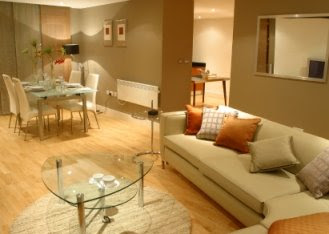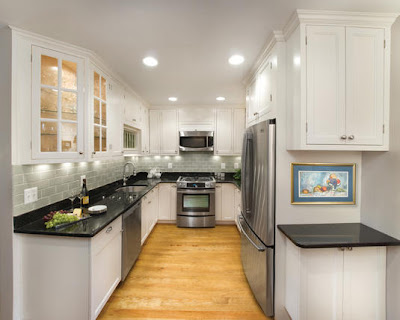My first inclination that I had a passion for interior design started with color. Color has the power to transform a space as well as our own mood and delight our senses. Color is the decorating glue that holds a home together. I love designing color palettes. I feel strongly that the colors of the home should work in harmony and flow from room to room. There should be a tonal element keeping the eye at rest while using accessories to tie it all together and add the pop or wow factor. A beautiful scheme – even if it’s as simple as different shades of white—can make your whole house seem thoughtful, well planned, and organized.
Even though color plays such an important role in the way our homes look and how we feel about them, there are no definite rules about finding the right palette. Color choices are personal; start with what you love. In the end, what works for you is the right decision. Deciding on a scheme doesn’t have to be overwhelming. There are reliable ways to find the colors that please you.
Explore your emotional responses to color: What moves you? What makes you happy? Or calm? Or energized? A beautiful painting, a favorite shirt or tie, a favorite shade of lipstick or nail polish--just about anything can serve as a great inspiration. I think a great place to start is the view from your window. I have a client who has great water views from three side of his home. What better inspiration than the colors of nature from that perspective. Green and tan reed grasses, blue-green water, blue sky, sunsets. Using colors from nature is a sure winner. Mother Nature has perfected that palette. Another great place to find inspiration is in your own closet. It tells you what colors you like to be around day after day.
Paint is the quickest way to bring color into you home, is inexpensive and easily changed. Just experiment until your satisfied. My husband likes to tell friends how we lost square footage in our first home because I changed the wall color so often. I have found my favorites since then.
One of my strongest words of advice is, whatever you decide to use as your palette, keep it unified and flowing from room to room. One no fail trick is to use the FOUR COLOR METHOD: When you plan your color scheme, think of creating a layered palette of shades and colors. Begin with a central color, then introduce three more colors. (1) wall color, (2) molding and trim color, (3) fabric on sofa, and (4) accent pillows an draperies.
Here are some of my favorite inspiring palettes to consider.
Classic
Cream, Camel, white and black

Modern
Olive green, pale grey-blue, khaki, and orange or rust

Another possible combo

Outdoors/Garden
Pale tones of blue, green, parchment, and silver

Beach
Pale or
turquoise blue,
white, and
sand with a small splash of
coral or
orange
Sexy
Lilac, white, gray, and eggplant 

Handsome
Khaki, deep red, white and black
































